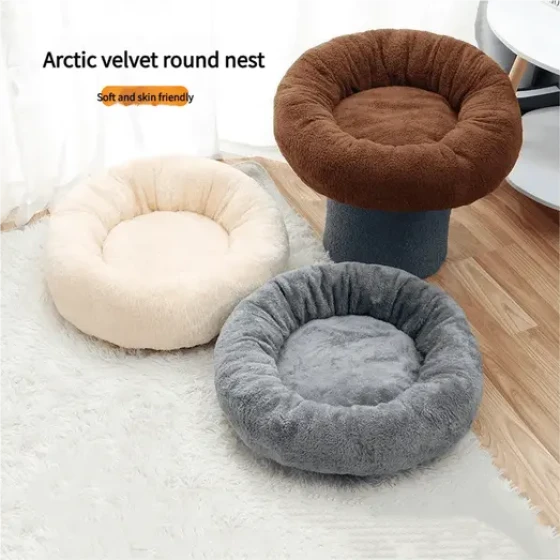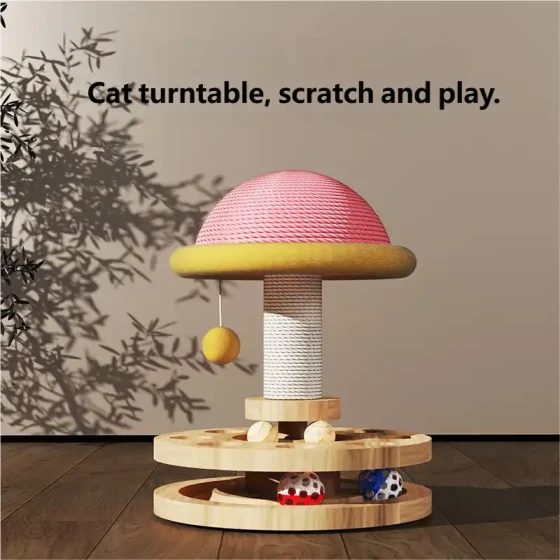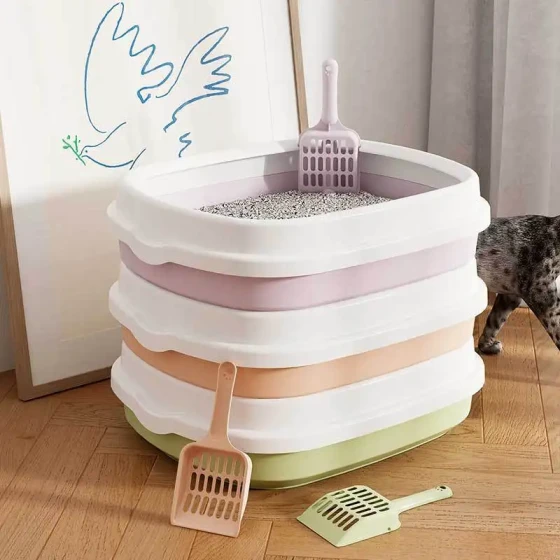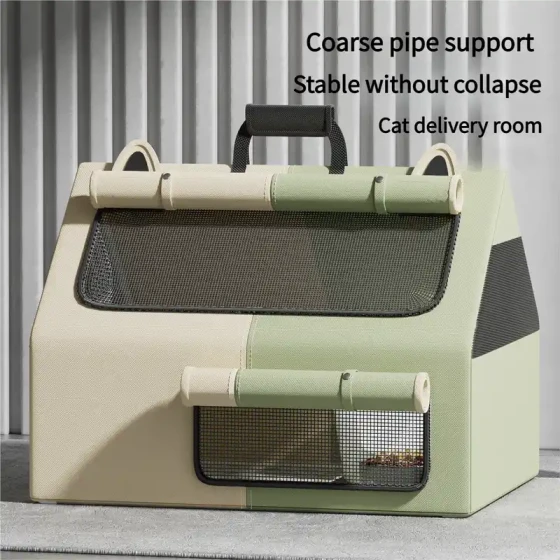High-end Pet Cats_Purebred Precious Cats Feeding and Purchasing Guide
Want to have a high-end pet cat that combines both beauty and personality? Purebred precious cats attract many cat lovers with their unique charm. But how to select a healthy purebred cat? How to provide them with the highest quality feeding environment and care? This is a subject of study. This article will reveal the world of high-end pet cats, providing a detailed feeding and purchasing guide to help you become a qualified "cat slave."
High-end pet cats are not only companions but also members of the family. Selecting a purebred precious cat requires understanding its breed characteristics, health status, and potential genetic diseases, and providing scientific and reasonable care during the feeding process to ensure they grow up healthy and happy.
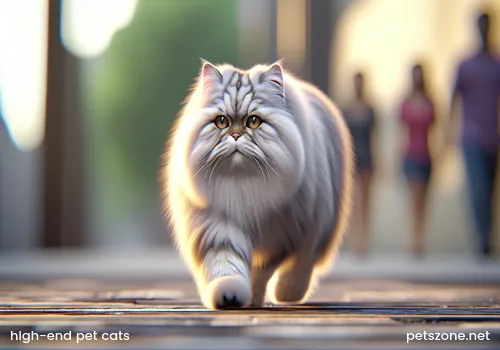
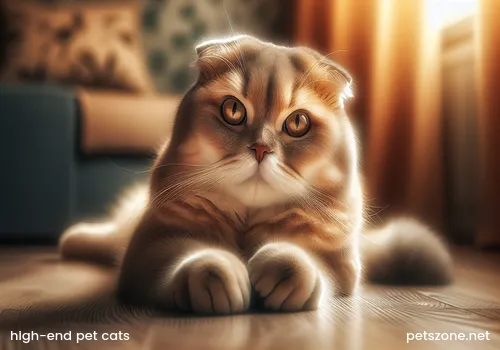
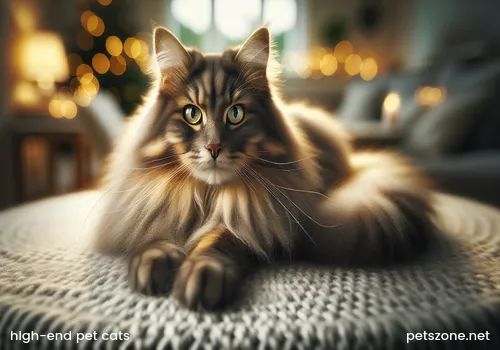
The Charm of Purebred Precious Cats
Purebred cats have been selectively bred for many years, possessing stable and predictable appearance and personality traits, which is why they are highly favored. From the elegant and noble Ragdoll cat, to the adorable British Shorthair cat, to the wild charm of the Bengal leopard cat, each purebred cat has its unique appeal.
Of course, choosing a purebred cat also means greater responsibility and investment. You need to understand the characteristics of different breeds; for example, Ragdolls are friendly and close to humans and need regular grooming for their long fur; British Shorthairs are adaptable, friendly, and easy to care for; and Bengal leopard cats are lively, active, intelligent, and curious.
Popular Purebred Cat Breeds Revealed
Among many purebred cats, some breeds are highly sought after due to their unique appearance and personality, known as "cat world celebrities."
Ragdoll Cat: The Gentle 'Dog-like Cat'
Ragdoll cats are known for their soft long fur, deep blue eyes, and gentle personality. They are friendly, affectionate, and like interacting with their owners; some even describe them as dog-like in their clinginess. Ragdolls are large in size and take three to five years to fully mature. Due to their long hair, Ragdolls need regular grooming to prevent tangles and hairballs.
British Shorthair Cat: The Honest and Reliable Companion
British Shorthairs are round and plump, with short thick limbs, dense short fur, and a round face, giving a cute and honest impression. They have a gentle, friendly personality, strong adaptability, and rarely get angry, making them very suitable for families. The care of British Shorthairs is relatively simple, requiring grooming once or twice a week. However, weight control is necessary to avoid obesity.
Bengal Leopard Cat: A Combination of Wildness and Gentleness
Bengal leopard cats have a unique leopard-spotted appearance, combining wild charm with gentleness. They are lively, active, intelligent, and full of curiosity. Although they carry the bloodline of Asian leopard cats, Bengals are domestic cats and can be kept as pets. Bengal cats require moderate exercise and playtime; otherwise, they may become anxious and restless.
Sphynx Cat: The Unique “Hairless” Charm
Sphynx cats, commonly known as hairless cats, attract some cat lovers with their unique appearance. Although they lack thick fur, their skin requires special care, such as regular cleaning to remove oil secretions, and attention to warmth and sun protection. Hairless cats are usually friendlier and smarter than other cats.
Scottish Fold Cat: Cute But Health Concerns Behind
Scottish Fold cats are named for their forward-folded ears and have a sweet and cute appearance. However, the folded ears result from a genetic defect that may cause severe skeletal diseases called "osteochondrodysplasia." Cats with this condition may exhibit stiff tails, swollen limb joints, and difficulty moving. Although not all Scottish Folds develop the disease, all cats carrying the fold gene are at risk. Therefore, many responsible breeders and animal protection organizations do not encourage continued breeding of Scottish Fold cats.
Purebred Cat Purchasing and Precautions
If you decide to buy a purebred cat, here are some key points to pay special attention to when purchasing:
- Choose a reputable cattery: Be sure to buy from a cattery with a good reputation and qualifications. Reputable catteries usually provide cats with good living environments, sufficient nutrition, necessary medical care, and can provide pedigree certificates (such as CFA or TICA). Avoid purchasing through unknown channels to reduce the risk of buying sick or week cats. Professional breeding catteries like Miaosang Pets in Beijing are examples.
- Observe the cat’s health status: When selecting a cat, carefully observe its spirit, eyes, nose, and ears for cleanliness, and whether the fur is smooth. Healthy cats are usually lively and have bright, clear eyes.
- Understand the cat’s growing environment: If possible, visit the cattery to understand the cat’s upbringing conditions.
- Ask the breeder: Communicate fully with the breeder to learn about the health status of the cat’s parents, family medical history, and the cat’s personality traits. For breeds prone to genetic diseases like Scottish Fold, be sure to ask how the breeder controls and screens for diseases.
- Sign a purchase contract: Sign a formal purchase contract clarifying the rights and obligations of both parties, including health commitments and return policies.
Purebred Cat Feeding Costs
Feeding a purebred cat requires a certain financial investment. Besides the purchase cost of the cat itself (prices vary by breed, pedigree, and appearance, ranging from several thousand to tens of thousands of yuan or more), daily expenses should not be overlooked.
According to various sources, in China, the monthly expenses of keeping a cat range from a few hundred to one thousand yuan, depending on the cat’s living standards and the owner’s consumption habits. These expenses mainly include:
- Cat food: High-quality cat food is the foundation for ensuring a cat’s health, with prices ranging from tens to hundreds of yuan. It is generally recommended to choose cat food mainly composed of animal protein with a crude protein content above 30%. Monthly cat food expenses may be 100-300 yuan or more.
- Cat litter: Cat litter is essential for cats; common types include bentonite and tofu litter. Monthly cat litter expenses are around 50-120 yuan.
- Medical care: Includes vaccinations, internal and external deworming, regular check-ups, and possible treatment costs. Vaccines and deworming usually need to be done regularly, costing from tens to hundreds of yuan each time. It is recommended to purchase pet medical insurance to cope with high medical expenses caused by sudden diseases.
- Daily supplies: Cat beds, litter boxes, food bowls, water bowls, scratching boards, toys, combs, nail clippers, and so on. Most of these items are one-time or periodically replaced.
- Others: Cat treats, nutritional supplements, grooming care, etc.
Overall, raising cats is a long-term investment requiring adequate financial preparation.
Daily Care for Purebred Cats
Scientific and reasonable daily care is key to ensuring the health and longevity of purebred cats.
- Diet: Provide high-quality, balanced nutrition cat food, feeding reasonably based on the cat’s age, weight, and activity level. Ensure fresh drinking water is always available.
- Grooming: Long-haired cats need daily grooming; short-haired cats need grooming 1-2 times weekly to reduce shedding and hairballs.
- Bathing: Cats generally do not require frequent baths; healthy cats clean themselves. If bathing is necessary, use cat-specific shampoo. Hairless cats may need more frequent wiping or bathing due to oily skin secretions, and coconut oil can be used for cleaning.
- Nail care: Regularly trim the cat’s nails to avoid scratching furniture or people.
- Ear and eye cleaning: Regularly check and clean the cat’s ears and eyes to prevent infections.
- Oral care: Brush the cat’s teeth regularly to prevent oral diseases.
- Neutering: If you do not plan to breed, neutering at the appropriate age is recommended. Neutering can reduce the risk of reproductive system diseases and improve behavioral problems during heat but may increase risks of obesity and urinary system issues. Choose the proper timing under veterinary guidance.
- Vaccination and deworming: Perform vaccinations and internal and external deworming regularly according to veterinary advice.
- Regular check-ups: Take the cat for a full medical check-up annually to detect and treat potential health problems early.
Behavior Training for Purebred Cats
Although cats are not as easy to train as dogs, with patience and the right methods, cats can develop good behavioral habits.
- Litter training: Cats naturally use the litter box, and keeping the litter box clean is the key.
- Name response training: Frequently call the cat’s name during feeding or playing, associating the name with positive experiences.
- Interactive games: Provide various toys and spend time playing with the cat daily to satisfy their exercise needs and curiosity.
- Positive reinforcement: When the cat behaves as you wish, promptly reward it (treats, petting, or verbal praise) to reinforce the behavior.
- Correcting bad behavior: For behaviors such as scratching furniture, provide scratching boards for guidance and use unpleasant smells or sounds disliked by cats to stop it.
Frequently Asked Questions
- Are purebred cats necessarily easier to care for than regular cats? Not necessarily. Purebred cats have more stable appearances and personalities, but some breeds may have specific genetic diseases that require more careful care. Regular cats (Chinese rural cats) usually have better constitution and stronger adaptability.
- How much space is needed to keep a purebred cat? Most cats can adapt to indoor living but need sufficient vertical space (cat trees) and activity areas. Different breeds have different activity needs, for example, Bengal cats require more space to move.
- Can purebred cats eat human food? It is not recommended. Human food may not meet cats’ nutritional needs and may even be harmful. It is best to feed specially formulated cat food.
- How to tell if a cat is sick? Observe the cat’s spirit, appetite, excretions, and breathing for abnormalities. If abnormalities are found, take the cat to see a veterinarian promptly.
Conclusion
Raising a high-end pet cat is a sweet burden. They bring endless joy and companionship to our lives but also require our time, energy, and financial cost. Before deciding to raise a cat, it is essential to fully understand the related knowledge, choose the breed that suits you, and be prepared for long-term care. Only in this way can you share a wonderful cat life with your "meow master."
